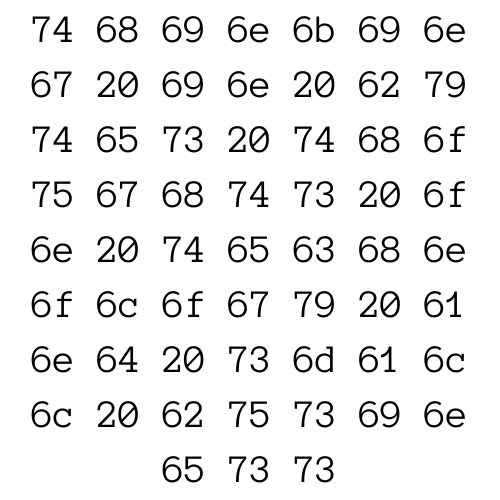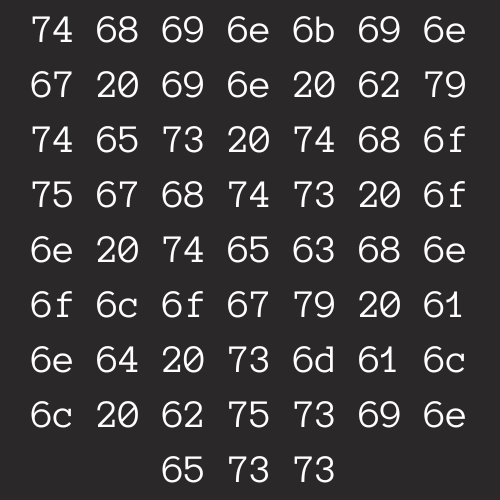Proving Congruence For Fun
Background
I want to understand the math behind asymmetric cryptography.1 This field relies heavily on Modular Arithmetic.2 I bought an undergraduate math textbook for self-study. This article is a record of a proof exercise in the book. It is also a good exercise in writing math equations using LaTeX.
NOTE: I asked ChatGPT to confirm the proof. No grades are being assigned here, the point is to learn.
Problem
Let
(a) If
Proof
The definition of congruence:
m divides
If we multiply the right and left sides of these equations:
Use the FOIL method for multiplying binomials.
We now consider each term in this equation
References
-
Wikipedia article references Public-Key Cryptography which is directly linked from asymmetric cryptography. ↩︎
-
Wikipedia information on Modular Arithmetic ↩︎

